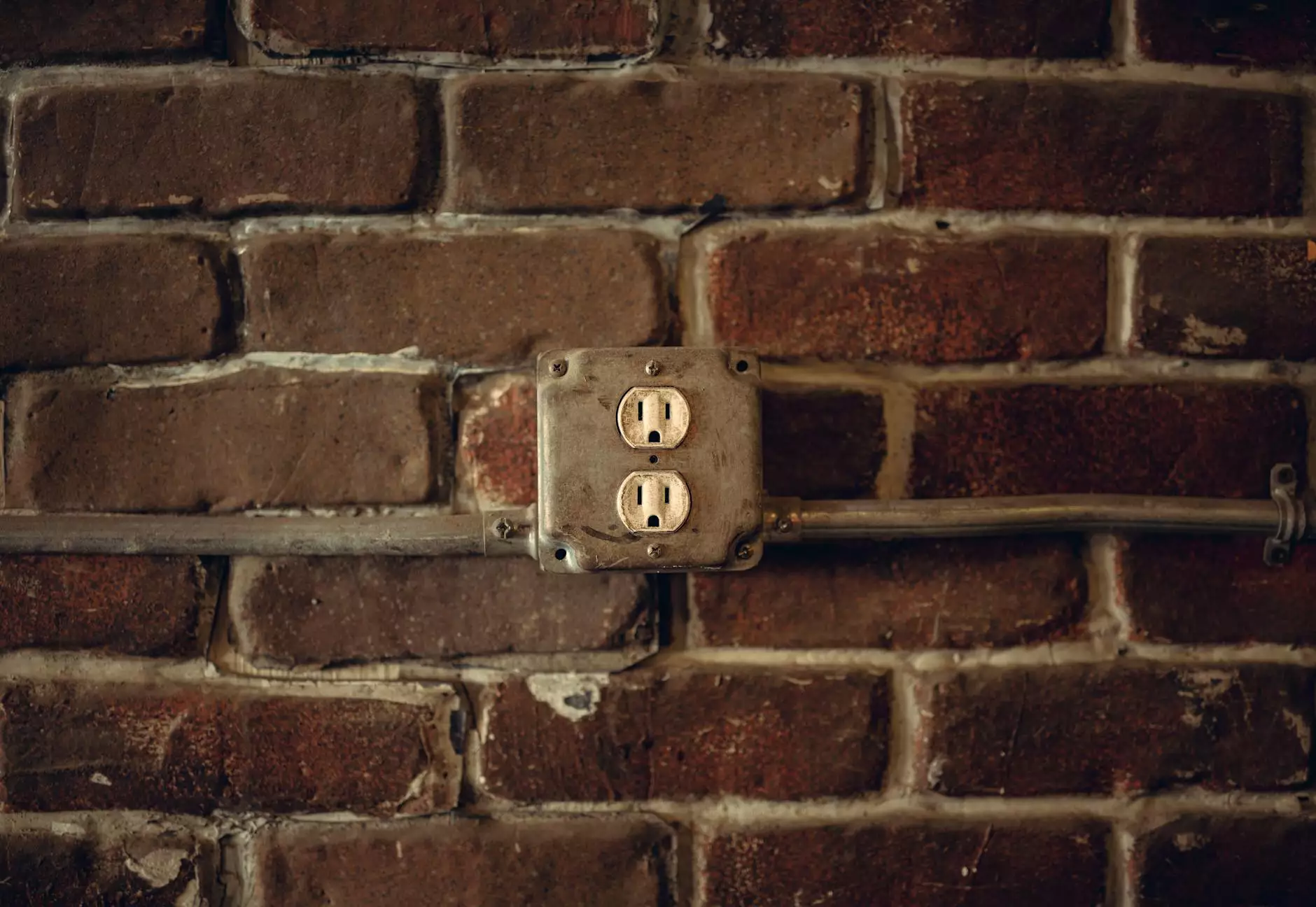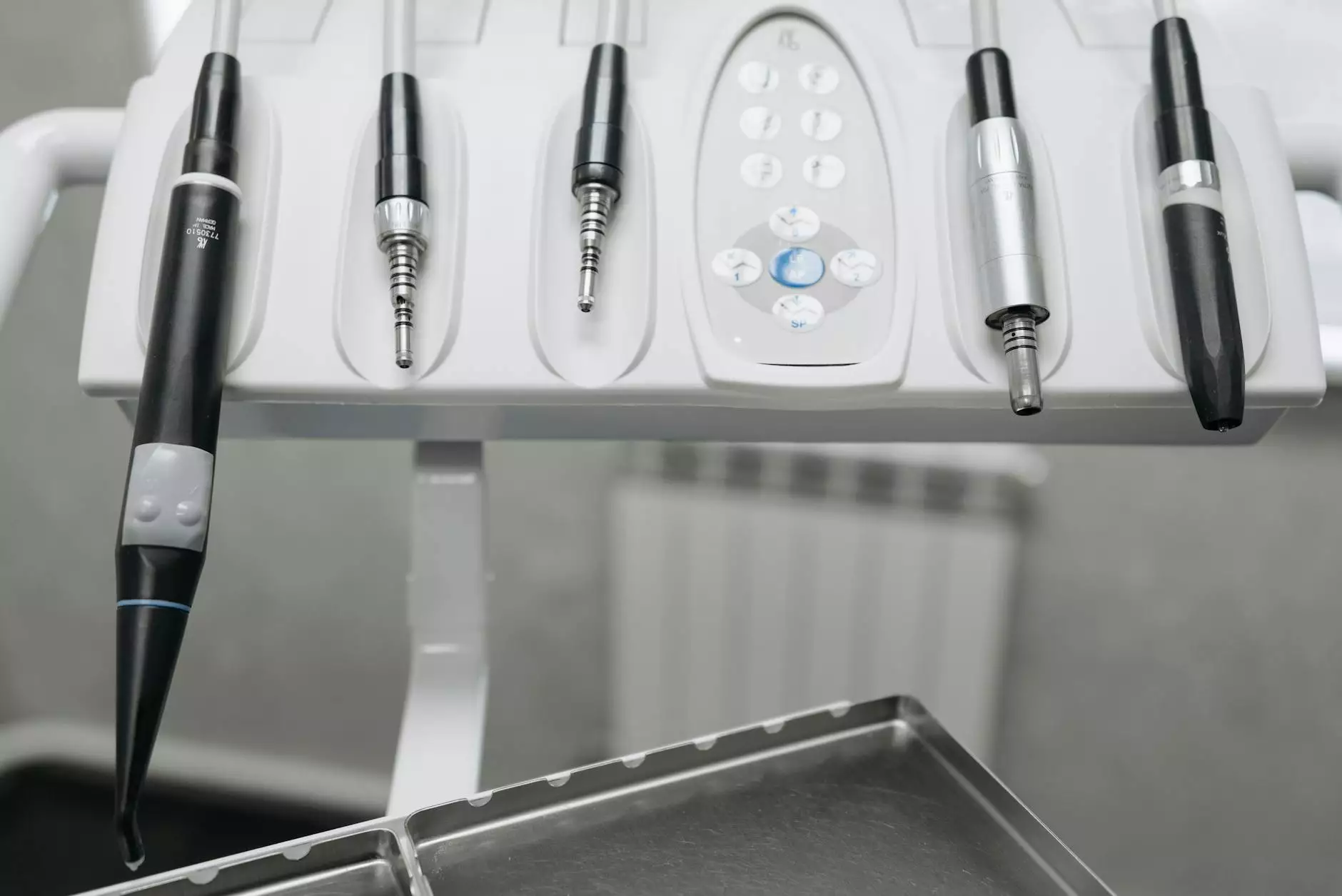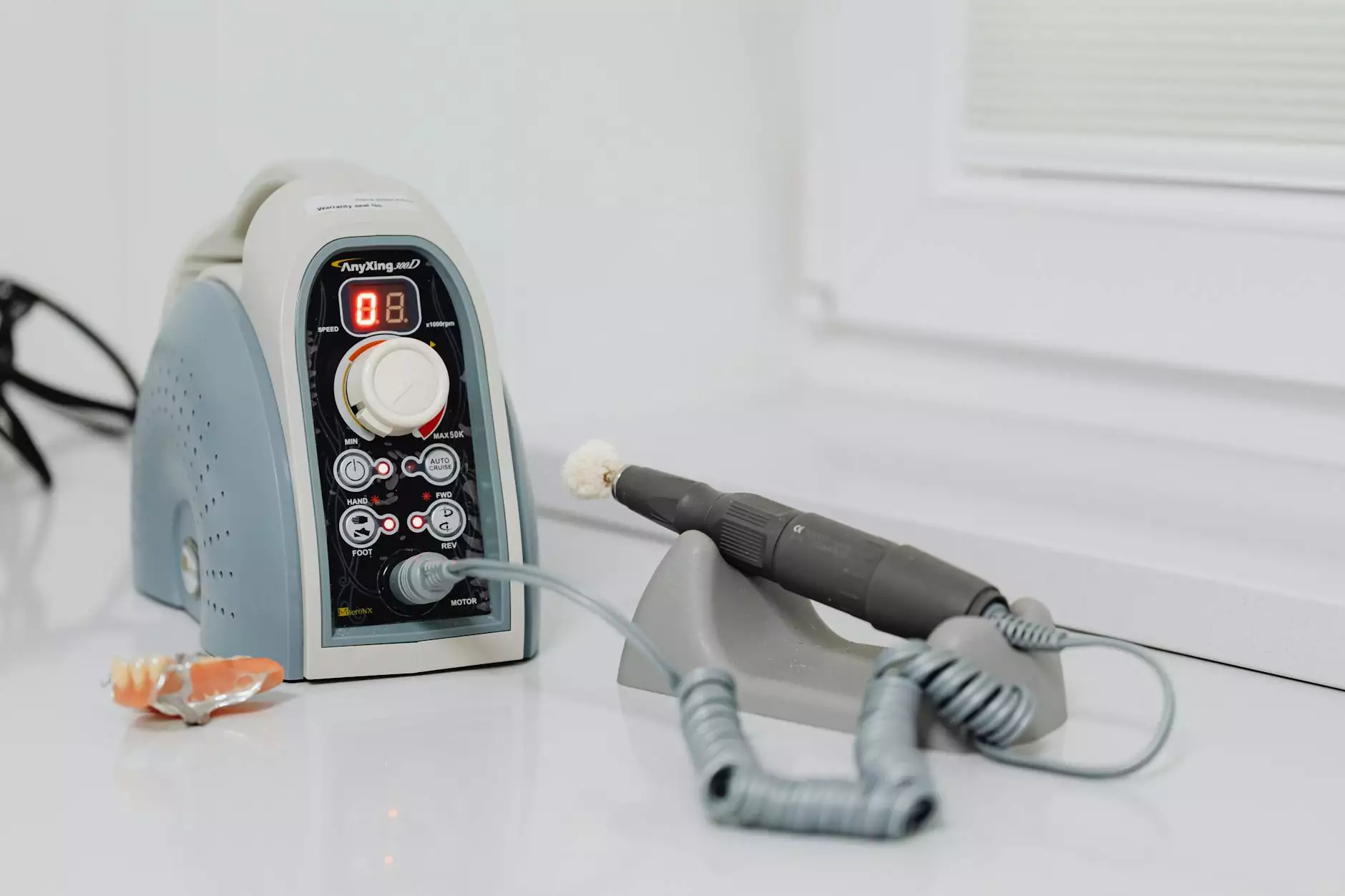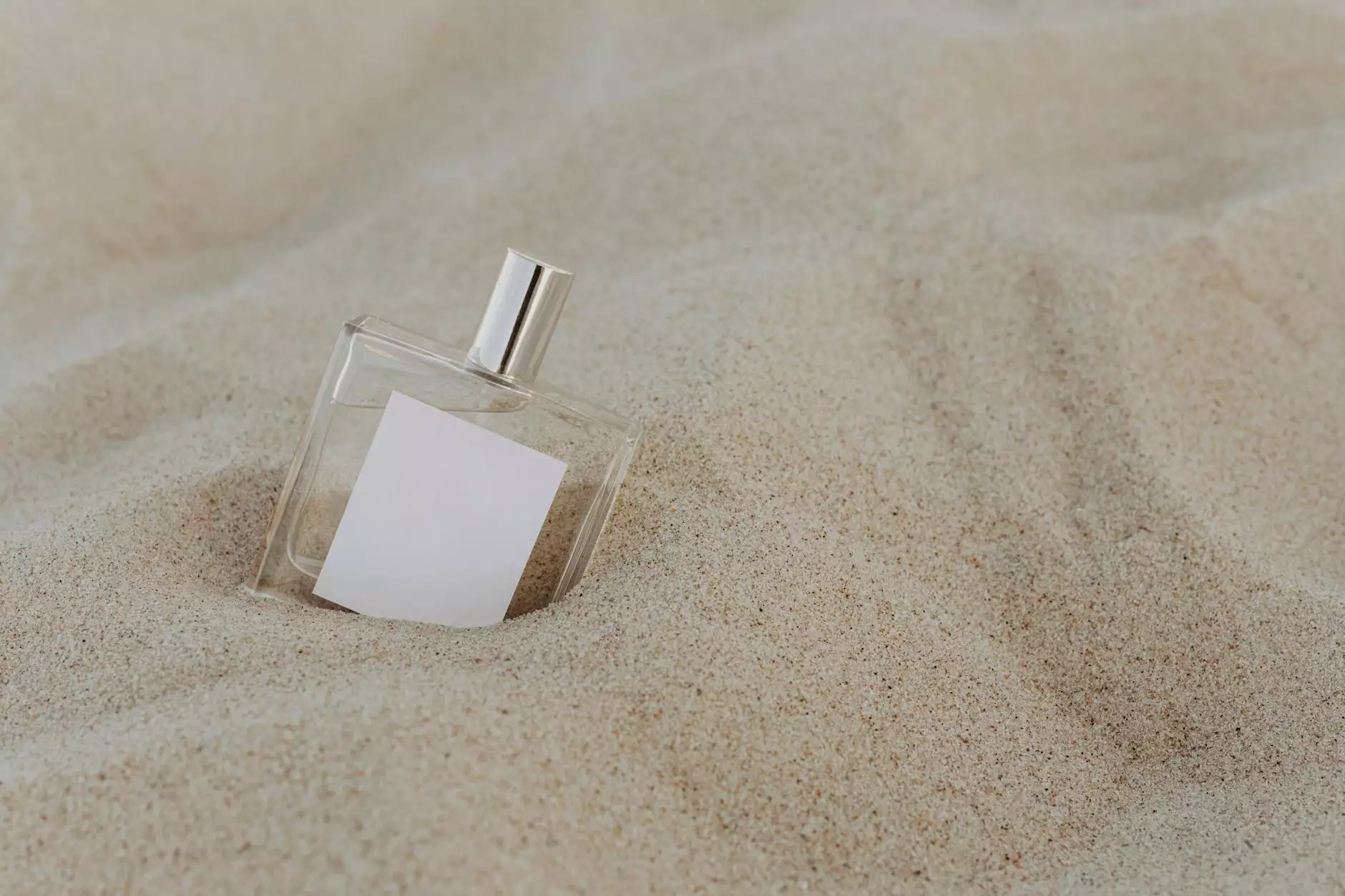The Comprehensive Guide to the Pool Plastering Process

In the world of swimming pools, few things are as crucial as maintaining the pool's surface. The pool plastering process is a vital part of pool renovation, ensuring that your pool not only looks great but also remains functional for years to come. In this extensive guide, we will explore every aspect of the pool plastering process, providing you with in-depth knowledge and practical tips to achieve the best results.
Understanding the Importance of Pool Plastering
Pool plastering serves multiple purposes:
- Aesthetic appeal - Fresh plaster enhances the beauty of your pool.
- Water retention - Properly plastered pools help prevent water loss.
- Surface protection - It protects the underlying structure from damage.
- Longevity - Good plastering increases the lifespan of your pool.
When to Consider Pool Plastering
Recognizing the right time to undertake the pool plastering process is essential. Here are some signs that indicate it might be time for a refresh:
- Visible cracks - Cracks can lead to serious structural issues.
- Stains and discoloration - These can diminish the pool's beauty.
- Rough texture - A rough surface can be uncomfortable for swimmers.
- Peeling plaster - Indicates poor adhesion and potential water leaks.
The Pool Plastering Process: Step-by-Step
The pool plastering process involves several meticulous steps. Each step plays a crucial role in ensuring a successful application and a long-lasting finish.
1. Preparation
The first step in the pool plastering process is preparation. This phase is critical as it sets the stage for the entire project:
- Draining the Pool - Completely drain the pool to expose the existing plaster.
- Surface Cleaning - Remove algae, dirt, and debris. A pressure washer can be effective here.
- Check for Damage - Inspect the gunite or concrete shell for cracks or issues that need repair.
- Patch Repairs - Fill in any cracks or holes using appropriate materials.
2. Selecting the Right Plaster Mix
The choice of plaster mix can significantly influence the outcome of your project. Typically, pool plaster consists of a mix of:
- Cement - The primary binder in plaster.
- Sand - Provides texture and strength.
- Water - Activates the cement and enables application.
- Additives - Enhance durability, reduce cracking, and improve overall performance.
3. Application of the Plaster
Once the preparation is complete, the actual plastering can begin. This step involves:
- Mixing - Create a consistent mixture that can be easily applied.
- Application Tools - Use a trowel for the application. Bucket trowels can also help in scraping up the plaster mix.
- First Coat - Apply a thick coat to ensure good adhesion.
- Smoothing the Surface - Use a trowel to smooth out the surface, ensuring uniformity.
- Curing Time - Allow the plaster to set properly, usually between 24 to 48 hours, depending on conditions.
4. Water Filling and Chemical Balancing
After the plaster has cured, it’s time to refill the pool. However, it is essential to:
- Fill Slowly - Add water gradually to avoid damage.
- Adjust Chemical Levels - Balance pH and chlorine levels to protect the new plaster.
- Brush the Surface - Regular brushing during the initial fill helps smooth out the surface and avoid cloudiness.
5. Final Touches
After the basic plastering process is complete, you may consider some final enhancements:
- Tile Installation - Adding tile around the waterline can enhance appearance and reduce staining.
- Decking Restoration - Restore or replace surrounding deck areas for a cohesive look.
- Landscaping - Enhance the pool area with beautiful landscaping to create a resort-like atmosphere.
Maintenance Tips for Your Plastered Pool
- Regular Cleaning - Skim debris, vacuum regularly, and brush the walls to maintain cleanliness.
- Chemical Balance - Test your water frequently and adjust chemicals as needed.
- Monitor Water Levels - Ensure your pool maintains appropriate water levels to prevent plaster cracking.
- Seasonal Inspections - Check for cracks, chips, or discoloration after seasonal changes.
Conclusion
The pool plastering process is not just about aesthetics; it is essential for the overall health and longevity of your swimming pool. By understanding each step—from preparation to applying plaster, and ensuring proper maintenance—you can ensure that your pool remains a beautiful and functional oasis. Whether you are considering a DIY approach or hiring professionals, knowledge is your best tool for success in pool renovation. For tailored advice and professional assistance, reach out to PoolRenovation.com, and let your swimming pool shine for years to come!









